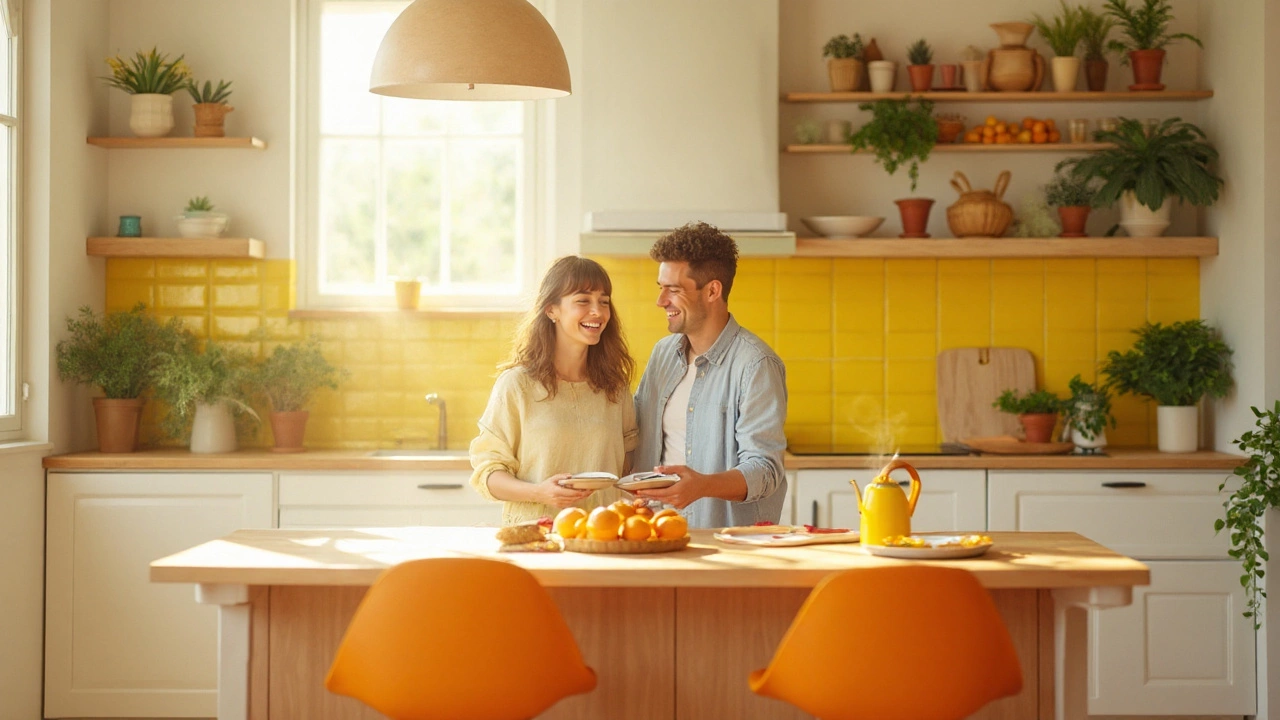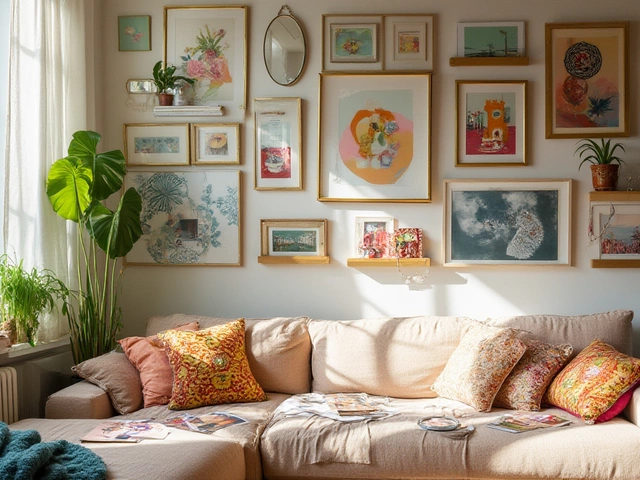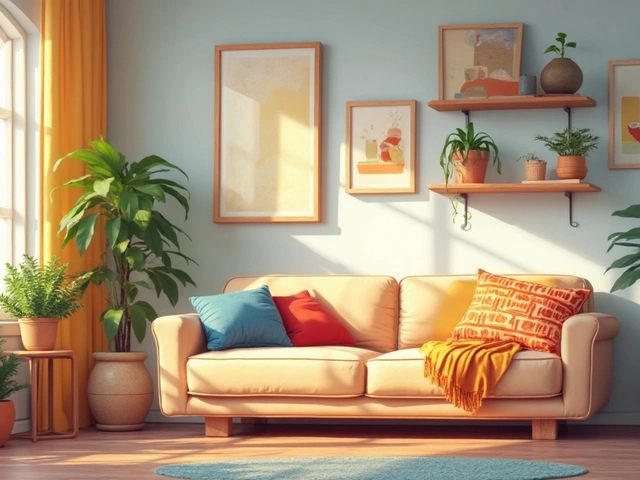Color Psychology: How Colors Influence Your Home and Mood
Ever walked into a room and felt instantly relaxed—or oddly tense? That’s color psychology at work. The shades around you send signals to your brain, and those signals can lift your spirits, focus your thoughts, or even make a small space feel larger. Understanding these effects lets you pick paints, fabrics, and accessories that support the vibe you want, no magic needed.
Why Color Matters in Interior Design
Colors aren’t just visual. Warm hues like red, orange, and yellow raise energy levels; they’re perfect for kitchens or home offices where you need a boost. Cool tones—blues, greens, soft purples—calm the nervous system, making them ideal for bedrooms and bathrooms. Neutral palettes such as beige, gray, or off‑white provide a steady backdrop that lets furniture and art shine without overwhelming the senses.
Research shows that people tend to stay longer in rooms that match the intended activity. A study of hotel guests found a 15% higher satisfaction rate in rooms painted with soothing blues compared to stark whites. In everyday life, the same principle applies: a calming wall color can improve sleep quality, while a bright accent can spark creativity during a home‑office work session.
Our recent guide, Timeless Colors in Home Decor, breaks down classic shades that never go out of style. Those colors aren’t just fashionable; they also carry psychological weight that keeps a room feeling fresh year after year.
Practical Tips to Use Color Psychology Today
1. Start with a purpose. Decide what you want the room to do. Need focus? Add a muted blue accent wall. Want conversation? Introduce a warm orange rug.
2. Use color in layers. Paint, textiles, and accessories each contribute. A soft gray sofa paired with a teal throw pillow and a light‑green plant creates a balanced, multi‑dimensional feel.
3. Play with scale. Light colors reflect light, making small rooms feel bigger. Our article What Color Curtains Make a Room Look Bigger? explains why airy whites or pastel yellows can double perceived space, while dark drapes shrink it.
4. Pick flooring wisely. Floor color anchors everything else. The guide Best Floor Colors That Go With Everything shows you why a warm oak or cool concrete can serve as a neutral canvas, letting you switch décor without repainting.
5. Test before you commit. Paint swatches on the wall, live with them for a few days, and notice how you feel at different times. Natural light can shift a hue dramatically, so observe both morning and evening light.
6. Don’t fear bold accents. A single vibrant piece—like a scarlet armchair or a mustard‑yellow lamp—can become a focal point that energises a room without overwhelming it.
Remember, there’s no one‑size‑fits‑all rule. Your personal preferences, cultural background, and even the season can alter how a color feels. Use the psychology as a guide, not a strict law.
By tuning into how colors affect emotions, you’ll make more intentional choices that turn a house into a home you love. Ready to experiment? Grab a paint chip, a pillow, or a curtain and see how a tiny change shifts the whole atmosphere. Happy decorating!




